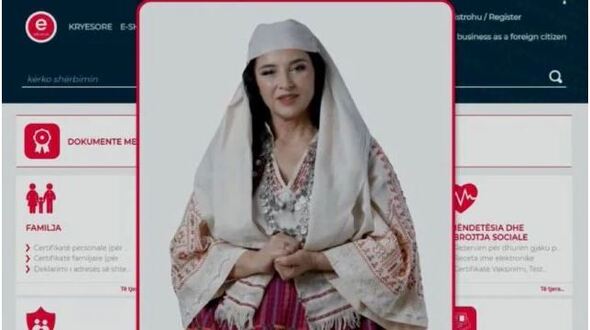Charley Snyder, the Head of Security Policy at Google, has posted a new initiative that will eliminate the risk of vulnerabilities and protect security researchers.
In his post, he mentioned, “The security industry has improved in many ways, both in technological advances and collaboration, but many challenges remain, especially within the vulnerability management realm. Today it seems like the community is caught in the same cycle when it comes to security vulnerabilities”.
The post also mentioned that Vulnerability management has become highly challenging as every vulnerability revolves around a cycle of found, patched, and new vulnerabilities.
This is because the patches released by the vendors are not sufficient enough to fix the vulnerability once and for all.
Project Zero is a team inside Google that has been studying software and hardware vulnerabilities and provides a patch and a time for disclosure.
However, this patch cycle has been going around for many years, so Google has devised an idea to stop this loop.
An Unpatched Ecosystem
Google posted that the zero-day vulnerabilities will always become flash news, but the risk remains the same even after they are patched.
These risks include the original equipment manufacturer (OEM) adopting the patch, testing the patch and its pain points, and also includes the end-user updating the fixed patch.
The post also said that over one-third of the vulnerabilities found in 2022 were primarily additional variants of earlier vulnerabilities. Due to these, Google has proposed the following initiatives.
Greater Transparency
This includes the manufacturer and government providing transparency on the exploitation of the vulnerabilities and how they are adopting the patches. This helps to understand whether the current method of approach works or needs additional steps.
Attention to Friction Points
During a vulnerability lifecycle, there must be extreme attention to the difficulties every user faces in running a patch and whether they know the vulnerability’s risks.
Root Cause Addressing
This means that the root cause of every vulnerability must be addressed to the developers, and every development cycle must prioritize modern secure software development practices.
This development practice must also have the potential to seal all exploitation methods of a vulnerability.
Security Researcher Protection
Security Researchers face legal threats from vendors for their contributions whenever their research is not expected or misunderstood. This creates a sense of negligence for valuable security research and vulnerability disclosure.
These credible security researchers must be protected since their research prevents threat actors from exploiting a vulnerability.
Patching the Ecosystem together
Google proposed that stakeholders, users, security researchers, vendors, platform or service developers, governments, and any others who are important in patching a vulnerability must come together in support of patching these exploitable bugs.
Hacking Policy Council
In recent years, new laws support private disclosure of vulnerabilities to the Government under certain conditions.
Due to this, the Hacking Policy Council has been formed by Google, which will help support best practices for vulnerability management with new policies and regulations.
Security Research Legal Defense Fund
As mentioned, Individual security researchers have been contributing enormously to Security.
These contributions help vendors patch a vulnerability before they get into a data breach by an attacker’s exploitation.
However, they sometimes face legal issues which will remove them from the security research radar.
To protect these individuals from legal issues, Google has introduced the Security Research Legal Defense Fund, which will aid security researchers in having legal representation and improve cybersecurity posture in the Public.
Exploitation Transparency
Google claims that users must also be notified about exploiting a vulnerability which will help users understand a threat actor’s method of attack, which can also lead to better protection.
“We believe this transparency should become part of the industry’s standard vulnerability disclosure policies. We have always prioritized transparency when our products are exploited, but starting today we will make this an explicit part of our policy, committing to publicly disclose when we have evidence that vulnerabilities in any of our products have been exploited,” reads the post published by Google.
As posted by Google, these efforts must positively impact downgrading the risk of vulnerabilities. However, the results of this initiative will have to wait until implementation.
 InfoSecBulletin Cybersecurity for mankind
InfoSecBulletin Cybersecurity for mankind














